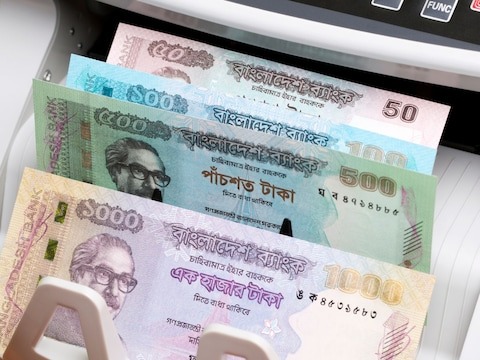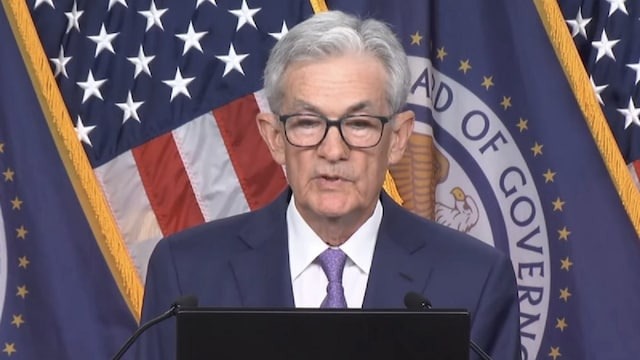
New Delhi. The US has not yet said whether the next new $20 note will change the "face" of former President Andrew Jackson, despite pressure mounting to remove him from the note nearly a decade ago over allegations that he was racist. Dollar bills are regularly redesigned to prevent counterfeit notes, but public opinion is turning against notes showing only "old white men", yet there is no real reason to believe a new face will be introduced. There is no pressure to remove George Washington. He was the first US president but also owned slaves.
On the other hand, Bangladesh did not waste time on democratic formalities like seeking public opinion and decided to remove its founding president and freedom fighter leader, Sheikh Mujibur Rahman, from its taka and poysha. This decision has been taken when the “chief adviser” of the Bangladesh government, Muhammad Yunus, is saying that the economy is not in good shape. So is this the right time for Bangladesh to spend heavily on printing notes to pacify the opponents? It already costs 500 crore taka to replace old notes every year. Imagine how much it will cost to replace all the currency notes.
This has happened before
This is not the first time, of course, that Rahman is being removed from the taka. It was strange that his face was on the currency during his lifetime: when he became the first president and the first prime minister. However, it was not strange that his face was removed from the notes after his assassination. And it was also not strange that he was back on the taka again after his daughter Sheikh Hasina became prime minister for the first time. It was certainly not surprising when Sheikh Hasina lost the 2001 elections to Begum Khaleda Zia and Rahman disappeared again, and when his daughter returned to power in 2008 he was immediately back on the taka notes. In fact, it was almost certain that Muhammad Yunus would do what many Bangladeshi heads of government have done before. Had Yunus not announced the move, he might have been accused by the rebels of being pro-Rahman.
Gandhi on Indian currency notes
Amid the uproar in Bangladesh, a question arises: how many Indians know that Mahatma Gandhi was not on our currency notes until 1969? For about 20 years after independence, India's currency notes had monuments, animals, scientific and agricultural achievements. The introduction of Mahatma Gandhi's picture was a tribute to him in his centenary year. Gandhi became the ubiquitous 'face' of the Indian rupee (INR) in 1996 as it had been proven by then that notes with a person's picture were comparatively difficult to counterfeit. Since then, there have been talks of putting other Indians or even deities on rupee notes, but this has not happened yet.
South Africa's story is similar to India's
The journey of South Africa's rand mirrors that of India to some extent. After independence, the first notes issued in 1961 bore the face of Dutch explorer Jan van Riebeeck, who in 1652 established the trading station that later became Cape Town. Thirty years later, when apartheid ended, he was replaced by the country's 'Big Five' animals. And finally, in 2012, Nelson Mandela's face appeared on the notes. Today, South Africa's Generation Z, like Bangladesh's Generation Z, views their country's great leader differently from their older peers. There are now allegations of corruption in the government and the African National Congress, and that Mandela as president did not reach out enough to oppressed black South Africans.
No leader is perfect
Statues of Sheikh Mujibur Rahman, also known as Bangabandhu, are also being toppled. In a growing outrage, Yunus recently accused Hasina of leading the “worst dictatorship in the world”. Clearly, she did not take into account the regimes in Syria, North Korea, etc. In any case, the removal of Bangabandhu’s face from taka notes reflects the recurring identity crisis in Bangladesh. To deny Rahman is to deny the circumstances under which Bangladesh came into being, including India’s crucial role. No leader is infallible but that should not be a reason to deny his contribution.
Gandhi not everyone's favourite?
Gandhi too has had his critics; Indian Bengalis in particular have never been his great fans. When national opinion was sought three times on whose statue should replace King George V's statue on Rajpath (now Kartavya Path), Gandhi lost each time to Netaji Subhas Chandra Bose. But that did not change his standing in the rupee and the nation. In 1983, the Dhaka airport was renamed after Ziaur Rahman, one of the two military dictators who ruled after Bangabandhu's assassination. When Hasina became prime minister, she did not change it to her father's name but to Hazrat Shah Jalal, a 13th-century Yemeni (some say Turkish) Islamic Sufi preacher of Bangladesh, thus ending any possibility of any future change.

 Desk
Desk Share
Share






